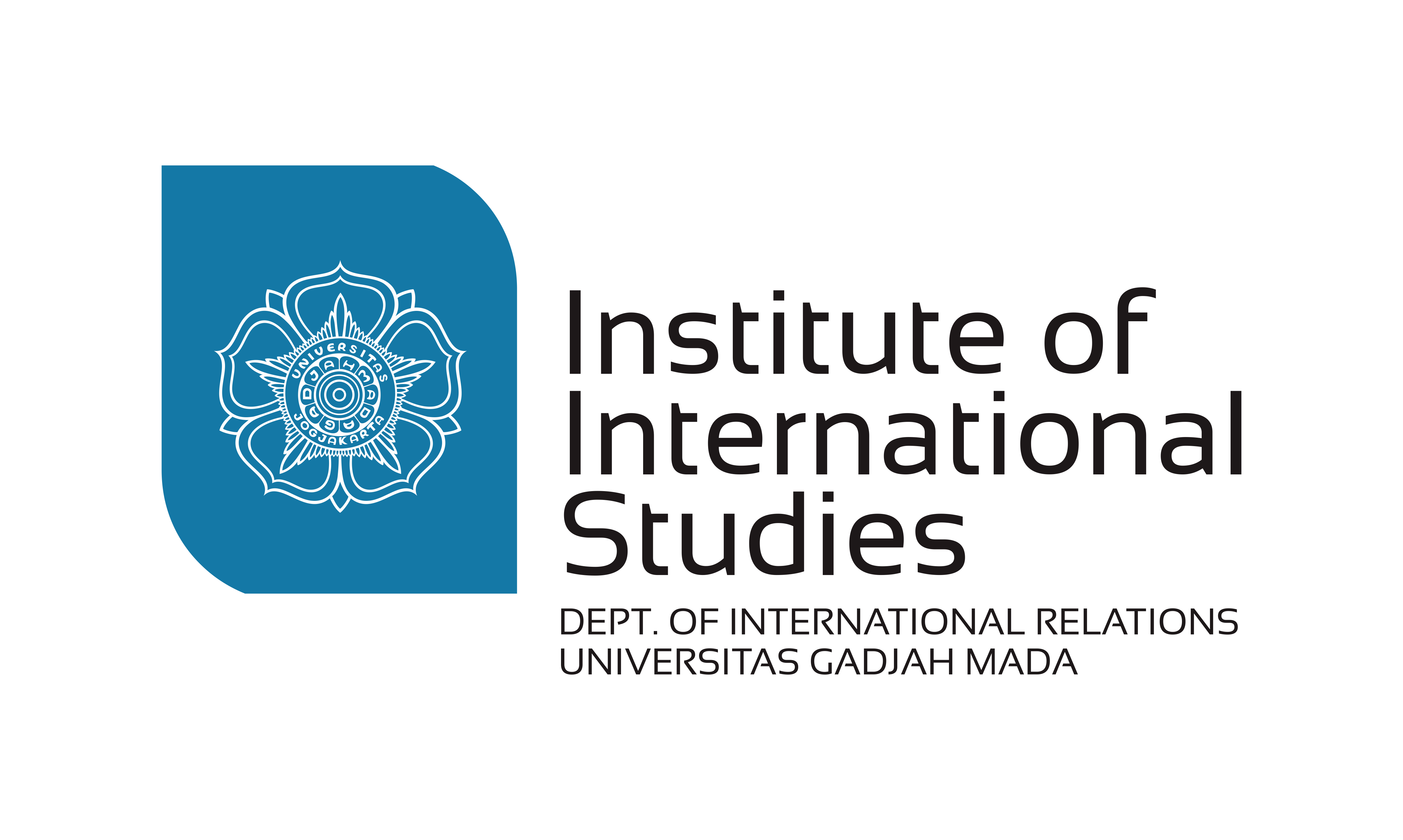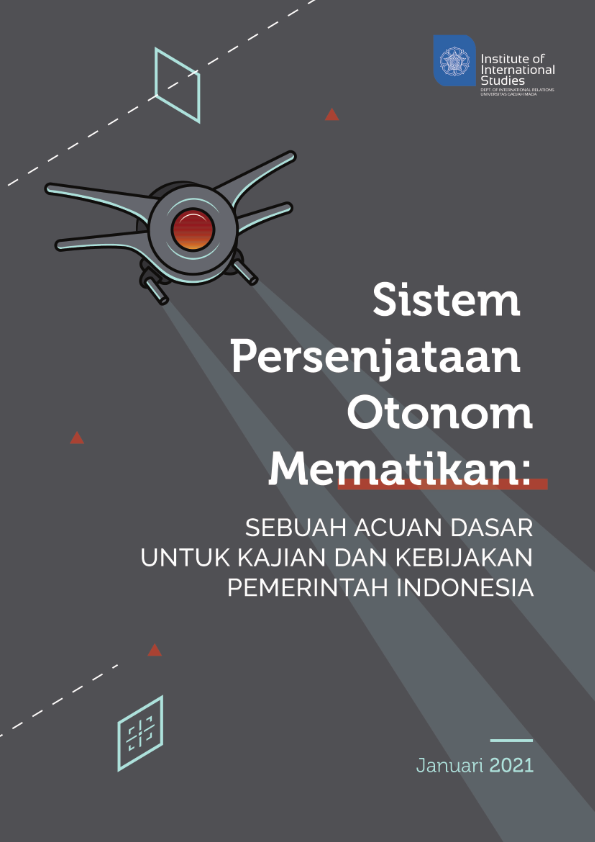On Thursday, April 29 2021, the Damai Pangkal Damai team, a database project on nonviolent action in Indonesia, alongside with Institute of International Studies UGM, held an online seminar on nonviolent action titled “Barangsiapa Meninggalkan Kekerasan…” (Whoever Abandons Violence). This webinar lasted two days, from the 29th until Friday the 30th, it was held as part of FISIPOL UGM 2021 research grant, publication, and community service program. This forum invited six speakers that represent six biggest nonviolent actions in Indonesia, the speakers for the first day of the event are Mama Aleta Baun (Pokja Dat), Ms Sukinah (Ibu-Ibu Kendeng), dan Arie Utami (Jeda Iklim). Meanwhile, speakers for the second day of the event are Ms. Sumarsih (Aksi Kamisan), Juwita Djatikusumah (Sunda Wiwitan), dan Gendis Syari (Gejayan Memanggil). The webinar on Friday was moderated by Diah Kusumaningrum, a researcher at IIS and lecturer at the Department of International Relations UGM, who also represents the Damai Pangkal Damai team. Meanwhile, on the first of the event, the moderator was Ayu Diasti Rahmawati.
Talking about nonviolent actions in Indonesia, the six speakers have their views regarding how each of their movements interprets nonviolence. On the first day of the webinar, the discussion was about nonviolent resistance on issues of environmentalism in Indonesia. Ms Sukinah, also known as Yu Nah, is part of the Kendeng Women Movement; they met with various public officials several times, both at the regional and local levels. They even went to the Merdeka Palace as part of their protest. These women of Kendeng who participate in the protest event cemented their own feet, making them the frontline of the movement to avoid violence and clashes with the police. For Yu Nah, whose resistance focuses on resisting the development of a cement factory in Kendeng, nonviolent resistance must be interpreted in the day to day context. For example, by stressing that the water people use in the village will be polluted, its existence will become scarce if the limestone mountains are gone. Like Yu Nah, Mama Aleta Baun also convinced women in Mollo by bringing up simple questions such as ‘If we do not protect natural resources, what will we eat? Where are we going to get water?” Aside from those simple questions, Mama Aleta stated that nonviolent action needs to be accompanied by several efforts, such as providing an example, giving time, having enough energy, having the will to sacrifice and be willing to contribute financially for the collective struggle. In addition to that, another critical aspect is the importance to educate the adversary. “The enemy is not there to be defeated, but it is there to be educated”, said Mama Aleta Baun. Lastly, Arie Utami, as a representation of Jeda Iklim, stated that in doing nonviolent actions, it is crucial to create a sense of safety for all the participants so that they are willing to partake in the movement. Because members of the Jeda Iklim movement come from different layers of society, some are still in school; it is crucial to focus on aspects of safety and coordination to mitigate risks. Concerning this, the key to the success of nonviolent resistance in Indonesia is to organize the protest creatively, brief, and coordinate well before the protest.
On the second day of the event, the forum invited Ms Sumarsih, Ms Djuwita Djati, and Gendis Syari to discuss defending human rights. For Ms Sumarsih, Aksi Kamisan, done with the picketing method in front of the presidential palace by wearing black attires, is the ideal form of nonviolent action. In Aksi Kamisan, nonviolent actions were chosen because peaceful methods can attack the opponent’s “moral jiujutsu”. Around 600 protests have been done, Aksi Kamisan has developed itself into being an educative source for anyone who wants to learn about politics (including the police). Moreover, it has become room for research. Unlike Aksi Kamisan with its picketing method, the Sunda Wiwitan community, led by Ms Djuwita Djati, uses another form of nonviolence by lying down in the middle of the roadblock access to indigenous land that the government are going to grab. Despite experiencing many forms of structural violence due to their beliefs, the Sunda Wiwitan community continue to involve itself in nonviolent resistance because they believe that it can attack the authorities’ moral jiujutsu. In many of their actions, when officers are going to grab their indigenous land or when clashes occur, the Sunda Wiwitan movement started to lay down on the road and sing the Ibu Pertiwi song—symbolizing a sense of connection between the motherland as a biological mother. The nonviolence spirit is also celebrated by the Gejayan Memanggi movement that took place in Yogyakarta in 2019. According to Gendis, the reason why Gejayan Memanggil, whose majority of participants are university students, could be done peacefully is because of three things, which are 1) The location pick of Gejayan, which holds significant meaning, and coordination with local residents—through “kula nuwun”, 2) The emphasis on collective identity and stressing on the idea that violence is not an option, and 3) The form of resistance that leans more towards a political carnival was successful in attracting many parties to join, including those who never participated in a protest before. In this case, Gendis stated that nonviolent and inclusive action coupled with the motivation to create a civil union in a binary political context enabled Gejayan Memanggil to attract broad participation.
Writer : Brigita Kalina
Editor : Mariola Yansverio




